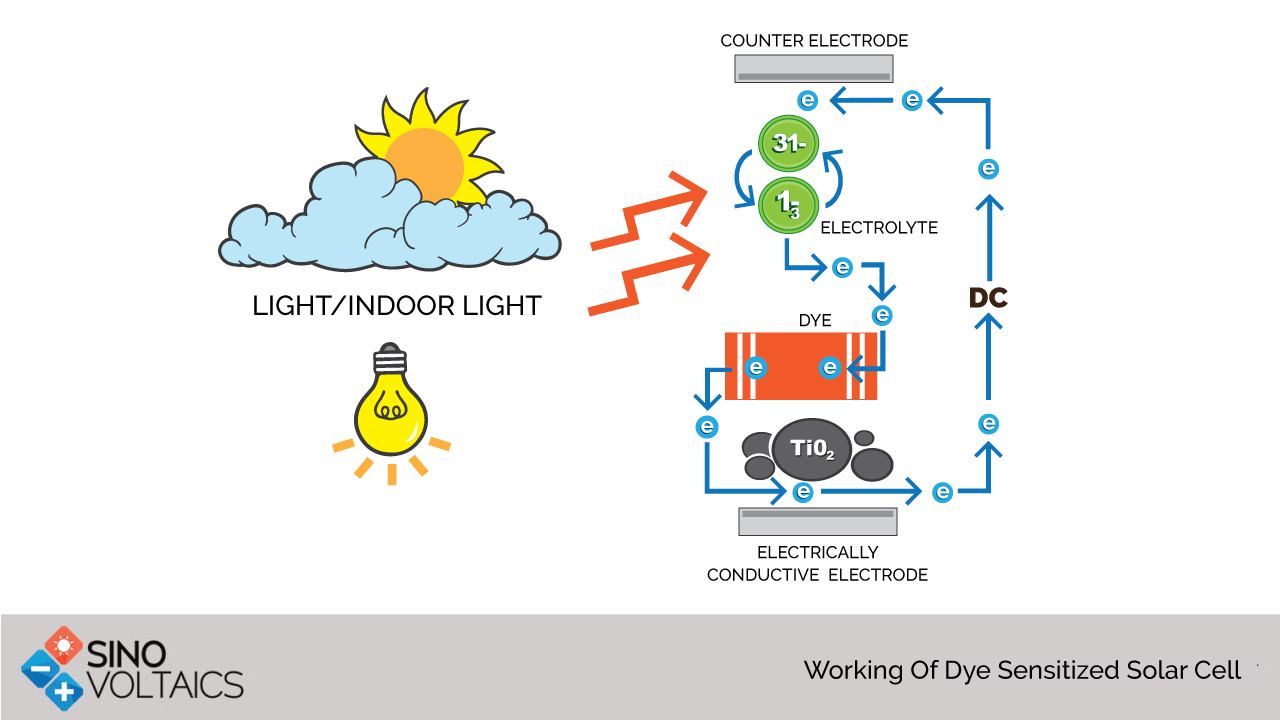Degradation of Solar Cell Performance Due To Microcracks
CZTS Solar Cells
Float Zone Silicon Cells (FZ)
Different Wafer Sizes
Photoelectrochemical Cell
CIGS solar cells
Luminescent Solar Concentrator Cells
Solid State Solar Cells
[...]
 The mechanism of dye solar cells is based on the photo electrochemical processes. Figure 1 depicts a diagram of a dye solar cell. The following steps explain the working principle of a dye solar cell.
The mechanism of dye solar cells is based on the photo electrochemical processes. Figure 1 depicts a diagram of a dye solar cell. The following steps explain the working principle of a dye solar cell.
Engr Muhammad Abrar
on 04 Feb 2023